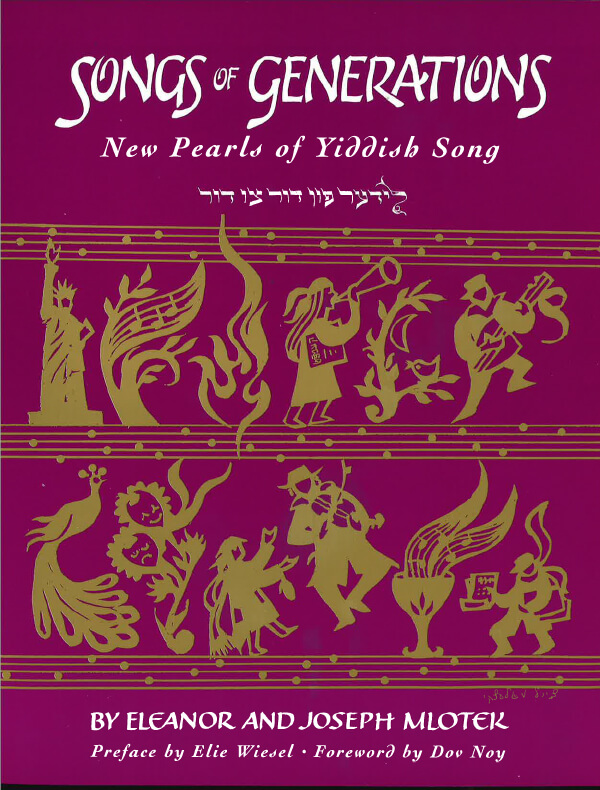Folksong. Published by the St. Petersburg Society for Jewish Folk Music in 1909, in the arrangement of Ephraim Shkliar; also by Henry Lefkowitch in this country in 1915. The interpretation of the vocables expresses the meaning of the question and reply. The song entitled “L’enigme eternelle” was treated to an artistic setting for voice and orchestra by Maurice Ravel in: “Deux melodies hebraiques.” In her book Vagabond Stars Nahma Sandrow cites the singing of the motif by the famous Soviet Jewish actor and director Solomon Michaels: “In the. last month of 1939, in the face of [this] oncoming destruction and in symbolic resistance to it, Mikhoels played perhaps his greatest role, in a play commemorating Sholem Aleichem’s eightieth birthday. A motif for the production was the folk melody that Tevye hummed as he left the town: ‘Fregt di velt an alte kashe’ . . . “

The world asks an ancient question,
“Trala-tradi-ri-di-rom?”
The answer is, “Tradl-ridl-reylom,
Oy, oy, tradl-rildl-rom!”
And if you want, you can even say, “Tray-dim!”
Still the ancient question remains,
“Trala-tradl-ri-di-rom?”
Fregt di velt an alte kashe:
Trala-tradi-ri-di-rom?
Entfert men: tradi-ridi-reylom,
Oy, oy, tradi-ridi-rom!
Un az me vil, ken men dokh zogn: tray-dim!
Blaybt dokh vider di alte kashe:
Trala-tradi-ri-di-rom?
פֿרעגט די װעלט אַן אַלטע קשיא:
טראַלאַ־טראַדי־רידי־ראָם?
ענטפֿערט מען: טראַדי־רידי־רײלאָם,
אױ, אױ, טראַדי־רידי־ראָם!
און אַז מע װיל, קען מען דאָך זאָגן: טרײַ־דים!
בלײַבט דאָך װידער די אַלטע קשיא:
טראַלאַ־טראַדי־רי־די־ראָם?
Song Title: Fregt Di Velt An Alte Kashe

The Songs of Generations: New Pearls of Yiddish Song anthology comprises songs that were either never printed before or appeared in rare and inaccessible publications — sometimes in different versions and without proper sources. Most of the songs in this book were submitted by readers of Chana and Yosl’s column “Perl fun der yidisher poezye” (Pearls of Yiddish Poetry) in the Yiddish newspaper Der Forverts (The Forward), initiated in October, 1970. Over 25 years, thousands of songs were collected in correspondence and on cassettes from readers throughout the world, and they represent a veritable national Yiddish song archive. Chana Mlotek, in her introduction, writes, “In the course of years the inquiries, contributions and enthusiasm of these readers have kept our own interest unflagging and have reinforced our dedication to this effort. And in recent years our participants have also been augmented by new readers from the former Soviet Russia, who receive our newspaper there or from newly-arrived immigrants in this country and Israel.”